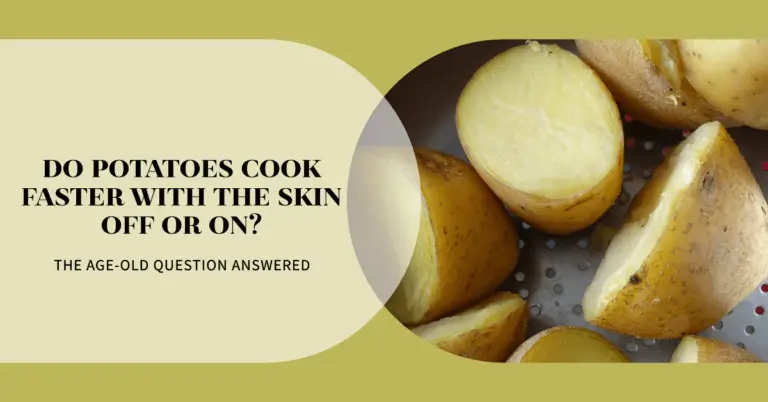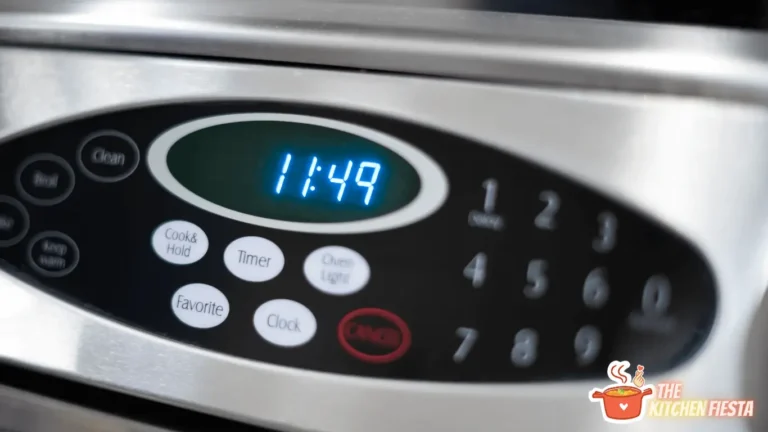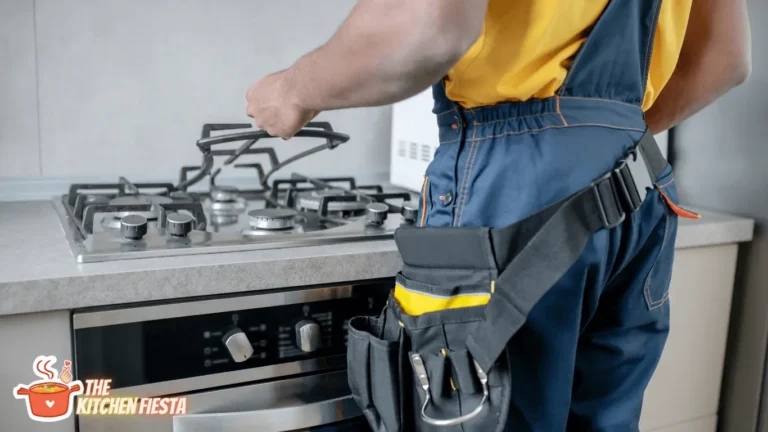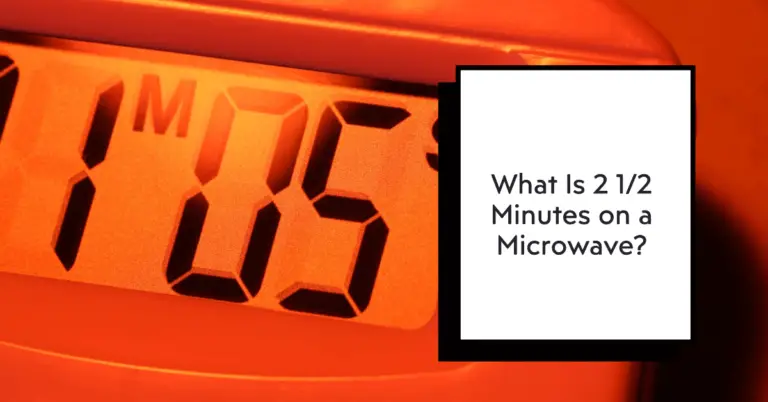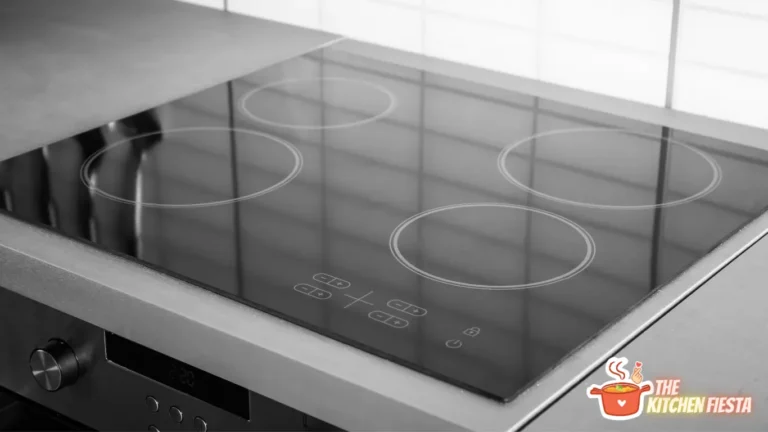Best Techniques for Boiling Water Quickly on a Gas Stove
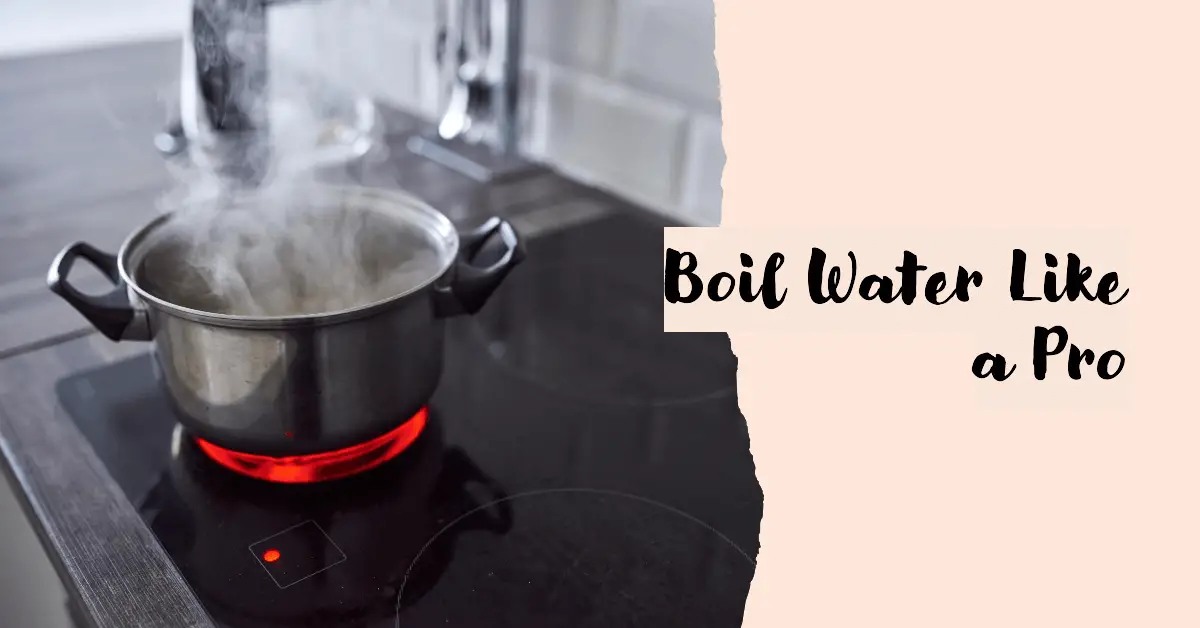
Boiling water is an everyday kitchen task required for cooking pasta, vegetables, eggs, tea, and more. But waiting impatiently as pots slowly bubble can waste precious time. What are the best techniques to rapidly boil water on a gas stove?
The key to faster boiling starts with proper cookware selection. Choosing wide-based pots in light colors and matching pot size to burner improves efficiency. Starting with hot tap water gives you a head start temperature-wise. Trapping steam with tight-fitting lids adds more heat. And always use the highest burner setting to transfer maximum energy into the water.
Follow these tips recommended by cooking experts to shave minutes off your boiling times. With the right pots, burners, and methods, you’ll spend less time waiting and more time enjoying perfectly cooked foods.
Choose the Right Pot Material, Shape and Size
Selecting suitable pots and pans is the first step for blazing fast boiling. The pot’s material, dimensions, and proportions all impact heating efficiency.
1. Pick Pots With a Wide Base
The most critical factor is choosing cookware with a broad, wide base.
Wider and broader stock pots, Dutch ovens, and saucepans boil water faster than tall, narrow pots.
Why does base width matter so much? A wider bottom means more surface area in direct contact with the burner. This allows more heat to transfer directly into the water for rapid heating.
In contrast, tall and narrow pots concentrate heat up the sides instead of the bottom. This wastes heat energy with less reaching the water. Narrow pots are slower to bring water to a bubble compared to wide-bottomed options.
For the fastest boiling, always opt for stock pots, saucepans, and Dutch ovens with a broad, wide base over narrow pots.
2. Light Colored Pots Heat Up Quickly
The pot’s color and material also impact boiling speeds. Light colored pots made of metals like aluminum and stainless steel boil water faster.
Shiny stainless steel and aluminum have highly conductive properties that transmit heat quickly into liquids. Light colors also reflect heat back into the pan instead of absorbing it.
In contrast, darker enameled cast iron or anodized aluminum pots tend to absorb more heat into the material. This means less thermal energy gets directly transferred into the water itself.
For speedy boiling, stainless steel and aluminum pots with light interior colors work best. Copper is also an excellent heat conductor but more expensive.
3. Match Pot Size to Water Volume
Finally, always match pot size to the volume of water you need to boil.
Filling up an oversized 8-quart stockpot with just 2 cups of water is inefficient. The heat gets dispersed across a large surface area instead of focused into a smaller volume.
For fastest boiling, fill pots halfway with water. This concentrates the heat into less empty space for quicker heating.
Of course leave enough headroom so boiling water won’t overflow. For most pots, filling 2/3 full is ideal.
Choosing the right pot size avoids wasting energy heating excess empty air.
Follow these pot picking tips, and your water will bubble faster!
Choose the Right Cooktop Burner Size
Your stove’s burner size also impacts boiling speeds. Matching the burner diameter to the pot results in the fastest heating.
1. Avoid Small Pots on Large Burners
Placing a small 4-quart pot on a wide 8-inch cooktop burner is inefficient. The flames will wrap up and around the sides without conducting much heat into the bottom.
Pots situated on burners much wider than their base diameter boil slowly. Too much heat escapes outward instead of into the pan.
2. Prevent Heat Loss With Tight-Fitting Lids
Instead, choose a burner close in size to your pot’s diameter. A 6-quart Dutch oven will boil fastest on a 6 or 7-inch burner.
The pan bottom should cover as much burner area as possible without going over the edges. This ensures maximum surface contact for efficient heat transfer.
3. Center Pots Properly Over Burners
Also, center pots directly over burners so heating is even. Off-center pots boil slowly on the non-heated side. Gently nudge pots to align them if needed.
Choosing the right burner size for your pot, along with careful placement, eliminates wasted heat and shortens boiling times.
Start With Hot Water From the Faucet
Here’s a simple time-saving tip: fill pots with hot water from your faucet instead of cold.
Heating cold water from your tap’s chilly temperature to eventually form bubbles takes longer.
By filling pots with hot water from the start, you give yourself a head start temperature-wise. The water is already preheated closer to the boiling point.
Letting hot tap water flow for 30 seconds before filling pots can shave several minutes off heating times for foods like eggs or veggies. For large boiling tasks like pasta or potatoes, the time savings add up even more.
Just make sure to use a thermometer and fill with water below 140°F to prevent cracking pots when heating. Check your faucet’s maximum temperature.
This easy trick lets you cheat by starting near the finish line for faster boiling!
Use Lids to Trap Steam and Speed Up Heating
Here’s a simple trick to hasten boiling: pop a lid on the pot!
Covering pots while heating traps escaping steam inside. This keeps the pot temperature high instead of letting heat dissipate into your kitchen.
Lids create a mini pressure cooker environment. As the temperature rises, steam stays circulating in the covered pot instead of escaping.
Trapped steam transfers heat back into the surrounding water, making it hotter faster compared to uncovered boiling.
Using lids can shave 1-2 minutes off reaching a rapid boil. Just remember to remove lids at a rolling boil to prevent messy overflows.
For best results, opt for lids that seal tightly and match the diameter of your pot. Loose or oversized lids leak steam.
Crank Burners to the Maximum High Setting
To boil water the quickest on a gas stove, always turn burners to the highest heat setting.
Anything less than maximum flame height will prolong boiling.
High heat delivers more thermal energy into the water faster than medium or low settings. The more heat transferred, the quicker H2O molecules reach the bubbly boiling point.
Occasionally a gentle simmer is needed for delicate foods. But when time is of the essence, go to high heat for the fastest results.
Just monitor rapidly boiling pots to avoid messy overflows. Then reduce heat once at a full rolling boil.
Add a Pinch of Salt to Raise the Boiling Point
Here’s a fascinating science-backed trick: Adding a pinch of salt raises water’s boiling point slightly so it bubbles faster.
How does salt accomplish this?
Water molecules bond tightly together through hydrogen bonds. Boiling breaks these bonds as molecules convert to gas.
Dissolving salt stabilizes some of the hydrogen bonds between water molecules. More energy is then needed to separate the bonded molecules during boiling.
The result is a slightly elevated boiling point, allowing the water to reach a rapid boil quicker.
The boiling point difference is small, usually 1-2°F higher at most. But when racing the clock, every second shaved off waiting makes a difference!
Just avoid over-salting which can cause water to boil over more rapidly. A small pinch does the job.
Proper Burner Adjustments Are Key for Rapid Boiling
Once you’ve achieved a rolling boil, adjusting the burner properly is key to maintaining a rapid boil.
1. Keep Heat High at First
When water first reaches a vigorous boil, keep the heat on high for 30 seconds to a minute. This sustains the momentum of the rapid bubbles.
2. Lower Heat Gradually
Next, reduce heat gradually to stabilize the rolling boil. Dropping the temperature too suddenly can cause boiling to stop.
3. Find the Burner “Sweet Spot”
Turn down the burner incrementally until finding the flame height “sweet spot.” This is the setting where vigorous bubbling continues uninterrupted.
4. Account for Pot Size and Contents
The ideal sweet spot flame height varies based on your pot size, water volume and ingredients. Larger pots need more heat energy to maintain a rapid boil.
5. Make Adjustments as Needed
Watch closely the first few minutes after achieving a boil. Turn heat up slightly if bubbling starts to slow or lower if boiling too aggressively.
Mastering the burner sweet spot for your pot takes practice but prevents boiling from coming to a standstill. Get it right, and you’ll have continuously rapid boiling water ready for cooking.
Pot Positioning and Stovetop Grates Matter Too
Your stovetop grates and where pots are placed also impacts boiling efficiency.
1. Use Front Burners
On a gas stove, front burners near the controls heat up faster than rear ones. Water will boil quicker compared to back burners.
2. Avoid Heavy Grates
Thick, heavy stove grates absorb more heat before it reaches pots. Choose lighter grates when possible.
3. Ensure Proper Grate Contact
Make sure pot bases sit completely flush on grates. Gaps cause heating inconsistencies.
4. Check Burner Alignment
Pots should be centered over burners. Off-center placement wastes heat missing the pan.
Check grate and pot positioning if boiling seems uneven or slower than expected.
Additional Tips for the Fastest Stovetop Boiling
Follow these extra pointers to enhance efficiency and make your water boil ASAP:
- Cover pots properly to seal in steam. Lids askew let precious heat escape.
- Clean burner heads routinely for strongest flame output. Gunk and food debris impede performance.
- Inspect stove gaskets/seals periodically and replace worn ones to prevent gas leaks.
- Avoid boiling large batches of water. The more water, the longer to heat up.
- Add a splash of oil to help prevent foaming and boil overs.
- Attach a wire strainer lid if available to contain bubbles.
- Don’t walk away once at a boil or it may bubble over.
- Use the front two burners which heat the fastest.
Follow these tips, and you’ll spend less time waiting and more time enjoying perfect boiled foods!
Conclusion
Rapidly boiling water on the stove is possible with the proper pots, burners, and techniques. Match wide-based pans to burners, cover, start hot, and use maximum heat.
Applying these gas stove boiling tips can shave precious minutes off waiting impatiently for bubbles. With the right gear and methods, you’ll save time and have perfectly cooked food fast.
Next time you need bubbly boiling water in a hurry, don’t watch pots slowly rise in temperature. Use these fast boiling secrets to spend less time waiting and more time cooking!

